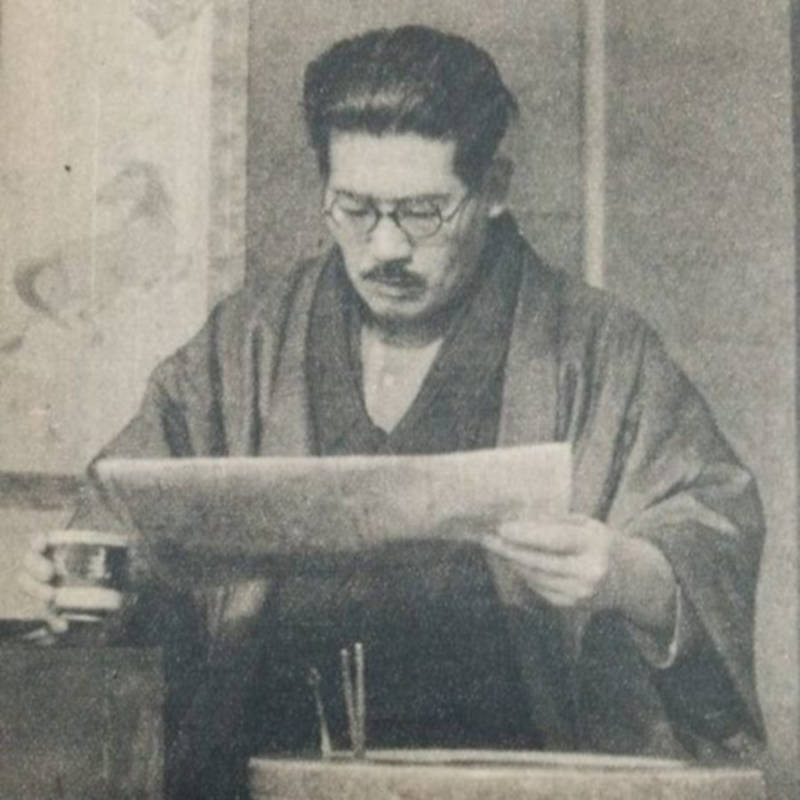Otoya Yamaguchi: The Anonymous 17-Year-Old Who Assassinated Japan’s Socialist Leader On Live TV

Otoya Yamaguchi, left, as he attempts to stab Inejiro Asanuma, right, a second time, on October 12, 1960.
Otoya Yamaguchi was 17-years-old as he sat anonymously in an audience of some 100 members of the Great Japan Patriotic Society in October 1960. The young student watched the head of the Japan Socialist Party, Inejiro Asanuma, hold a political debate.
Until, without warning, Yamaguchi rushed the stage. In a flash of silver steel and on live television, the student made a deadly stab for the politician.
Otoya Yamaguchi’s Ultranationalist Views
No one knows the roots of Yamaguchi’s ultra-nationalist views. However, Yamaguchi was a member of a right-wing Uyoku dantai group which violently opposed Asanuma’s platform.
Inejiro Asanuma was an outspoken member of the Japan Socialist Party, who declared that the United States was “the shared enemy of China and Japan.” He was running for office in the lower house of the National Diet, Japan’s version of parliament. The outspoken politician also saw hope in Mao Zedong, the Communist leader of China.
Otoya Yamaguchi saw Asanuma as an affront to his idea of the proper Japanese way of life. The Great Japan Patriotic Society, one of the Uyoku dantai of which Yamaguchi was affiliated, held that the Emperor was the authority in Japanese affairs. But since the end of World War II, the emperor no longer wielded any political power. The organization, then, wanted a return to the traditional ways of Japan without any Western influence at all.

Inejiro Asanuma reading a newspaper in 1948.
World War II had been over for just 15 years at this point and politicians in Japan were still trying to determine how best to rebuild. Asanuma, too, opposed any new treaties with Western countries.
The Assassination Of Inejiro Asanuma
Asanuma addressed an audience through a microphone while the TV station NHK broadcasted the debate on live television from Hibiya Hall on that doomed October day.
Asanuma raised his left hand to make a point. People in the crowd shouted something over the politician’s voice, either in disagreement or to try to heckle him. Police then tried to break up a group of 100 students in the Great Japan Patriotic Society, who were getting rowdy.
Then, Asanuma’s gaze suddenly shifted to the left. The TV cameras captured Otoya Yamaguchi, dressed in his school uniform, crash into the candidate with something in his hand.
It was a samurai sword about one foot long.
The 17-year-old stabbed the older man once in the stomach after piercing his left side. A few screams rang out from the crowd. Several men rushed the stage.
Otoya Yamaguchi was tackled and subdued at first. Others tended to the politician who staggered around after receiving the blow. Photographers rushed on stage to capture images of the assassination attempt. Authorities escorted Yamaguchi off to stage left (to the right facing the stage), while others helped Asanuma and tried to get him to a hospital by moving him in the opposite direction.
Despite swift action by the attendees, it was too late. Asanuma died an hour after the attack.
The Aftermath Of Inejiro Asanuma’s Assassination
Otoya Yamaguchi’s weapon of choice was no accident. He used a yoroi-doshi, a short sword used by samurai for fighting in close quarters.
Witnesses say Yamaguchi smiled as he was taken into custody. Around 15,000 left-wing demonstrators protested outside the offices of the Tokyo Police Department following Asanuma’s death. They felt that security at the debate was inadequate and that police failed to protect Asanuma, even though Japanese Premier Hayato Ikeda was on stage as well.
The American ambassador to Japan, Douglas MacArthur, dubbed the assassination “deplorable.” The State Department said the attack was “senseless.” But privately, American officials worried that Asanuma would become a martyr to right-wing movements which would only promote Communism.
Otoya Yamaguchi’s Suicide

Otoya Yamaguchi and the blood stained knife with which he used to assassinate politician Inejiro Asanuma, Oct. 17 1960.
On November 2, just three weeks after the assassination, Otoya Yamaguchi pondered his fate inside a jail cell in a juvenile detention facility. He mixed white tooth powder and some drops of water before scrawling a message on the wall.
The message read:
“Seven lives for my country. Ten thousand years for His Imperial Majesty, the Emperor!”
The teenager then proceeded to tear his bedsheet into a makeshift noose of knotted strips. He hung himself in his cell. It is believed that his suicide was done in true samurai fashion as an apology to his group for killing a person of authority.
On the 50th anniversary of the assassination, around 20 members of a modern right-wing group in Japan assembled inside Tokyo’s Hibiya Hall at around 3:03 p.m. — the same time as Inejiro Asanuma would have been stabbed and killed 50 years ago.
The group idolized Otoya Yamaguchi, hailed him as a hero, and brought a framed photo of him to the stage where he had assassinated his victim.
“Asanuma was a traitor to his country 50 years ago, and today we have numerous traitors in Japan,” said Takashi Funakawa, a representative of the right-wing group Dai Nippon Aikoku-to.
He added, “We are here to honor Yamaguchi’s deliverance of justice to Asanuma.”
No comments: